Aquarium Treated EPSOM Salt:
Epsom salt is magnesium sulfate (MgSO₄·7H₂O), a naturally occurring mineral compound. It does not contain sodium chloride (table salt), making it suitable for certain freshwater aquarium treatments.
Uses in Aquariums
1. Treatment for Fish Constipation & Bloating
-
Epsom salt can help draw fluids out of the fish’s body, reducing swelling from bloating or dropsy.
-
Dosage: 1–3 teaspoons per 5 gallons (19 liters) of water.
-
Application: Add to a quarantine or hospital tank, not the main tank.
2. Water Hardness Adjustment
-
Magnesium is an important component of general hardness (GH).
-
Epsom salt can be added to increase GH, especially in soft water setups.
-
Useful for: Livebearers (e.g., guppies, mollies), African cichlids, and other hardwater species.
3. Muscle Relaxant for Stressed Fish
-
Magnesium sulfate can help relax fish muscles, relieving stress.
Important Considerations
-
Not a cure-all: Only use Epsom salt when there’s a clear reason.
-
Quarantine tank preferred: It’s best to treat sick fish separately.
-
Avoid overdose: Too much can stress or kill fish.
-
Magnesium affects water chemistry: Regular testing of GH and pH is advised.
How to Use Safely
-
Dissolve First: Always dissolve the salt in aquarium water before adding it to the tank.
-
Partial Water Changes: After treatment, perform partial water changes to remove excess magnesium.
-
Monitor Fish Behavior: Signs of distress may indicate an overdose.
Compatibility Notes
-
Safe for most freshwater fish when used correctly.
-
Not typically used in saltwater tanks — marine salt mixes already contain magnesium.
-
Avoid with softwater or acidic tank species (e.g., some tetras, discus) unless adjusting GH carefully.















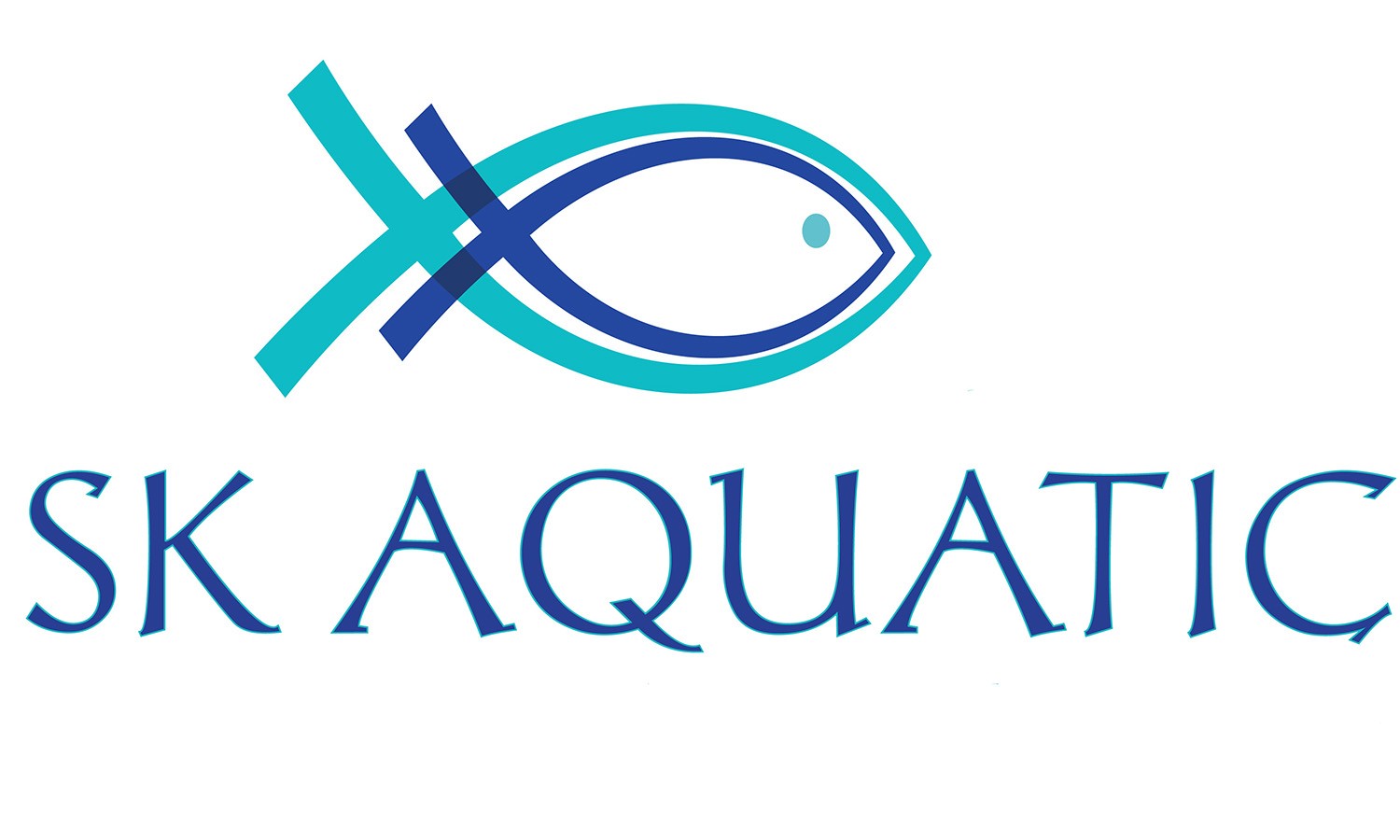
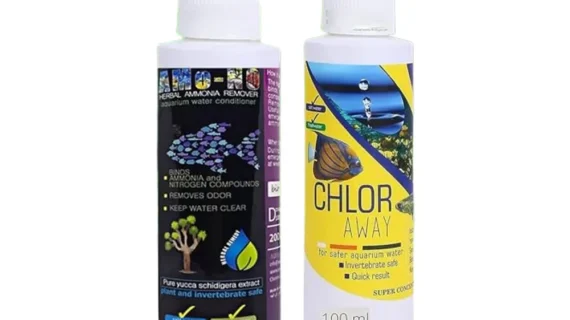
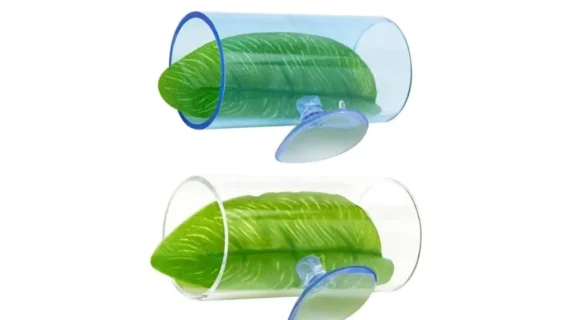
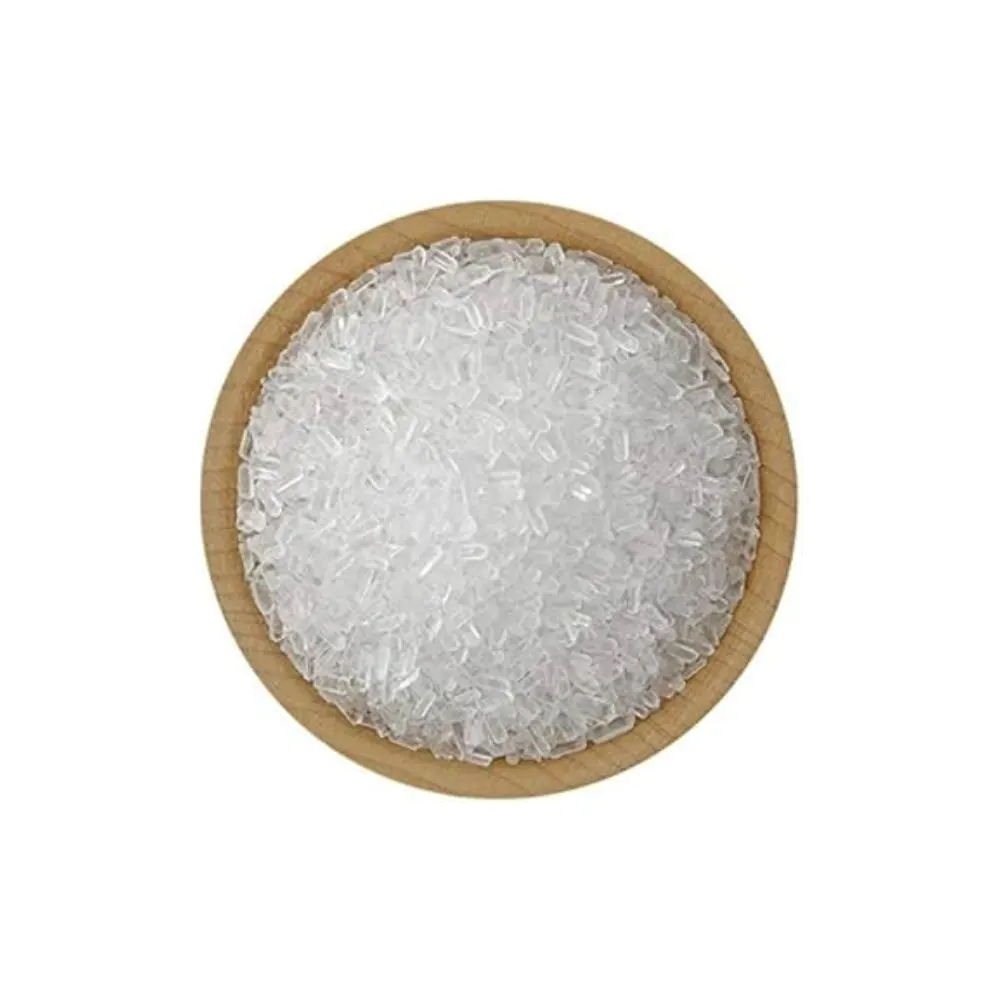
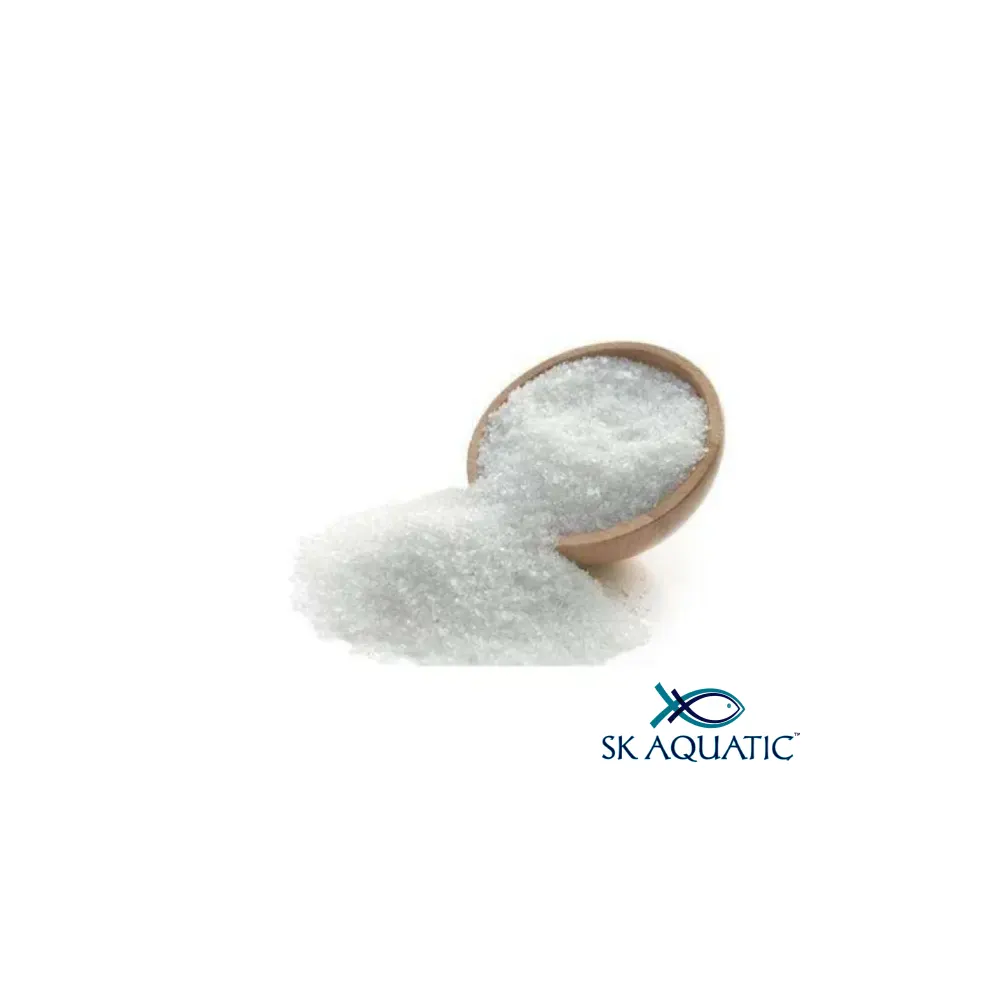
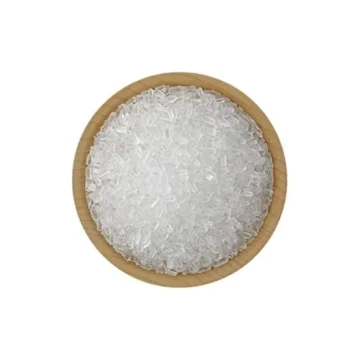
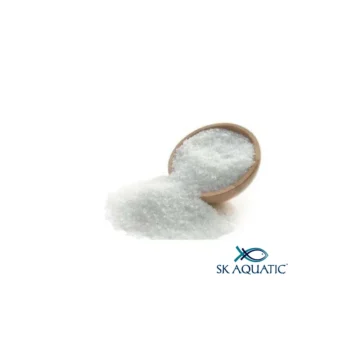
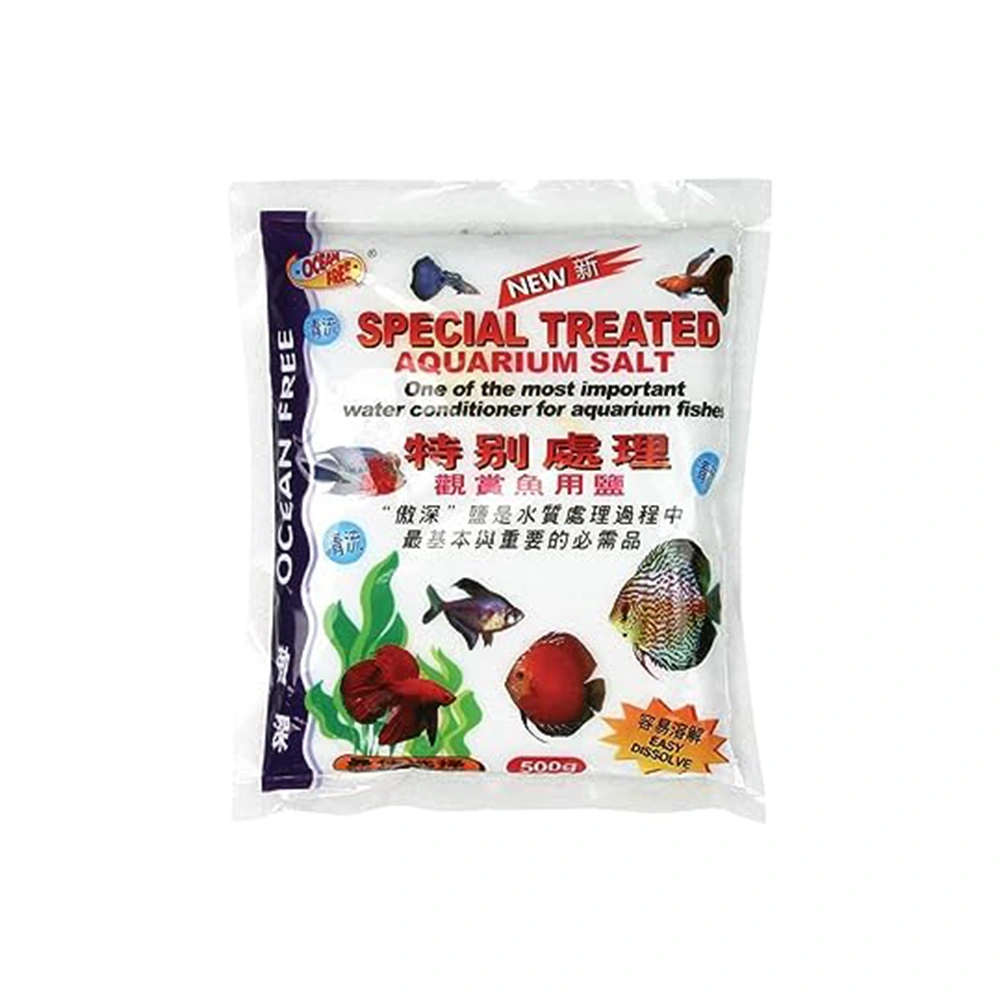
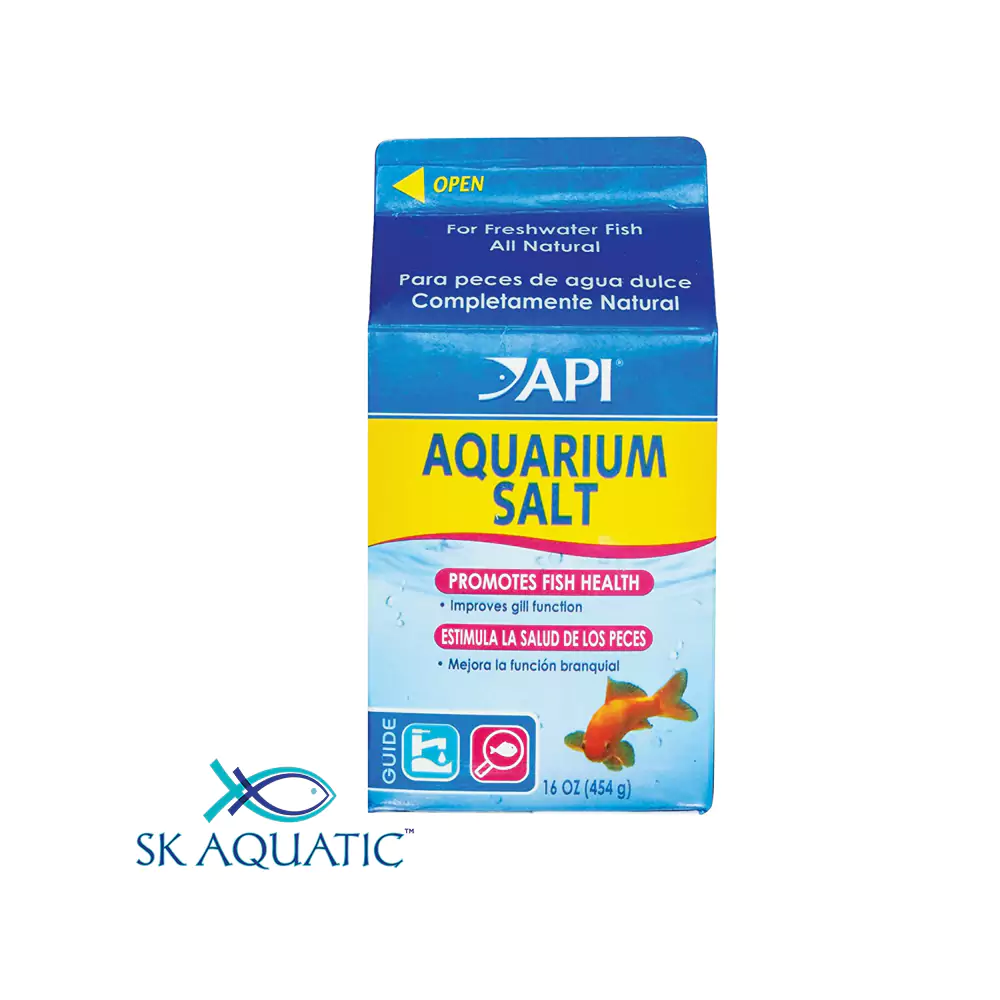
Reviews
Clear filtersThere are no reviews yet.